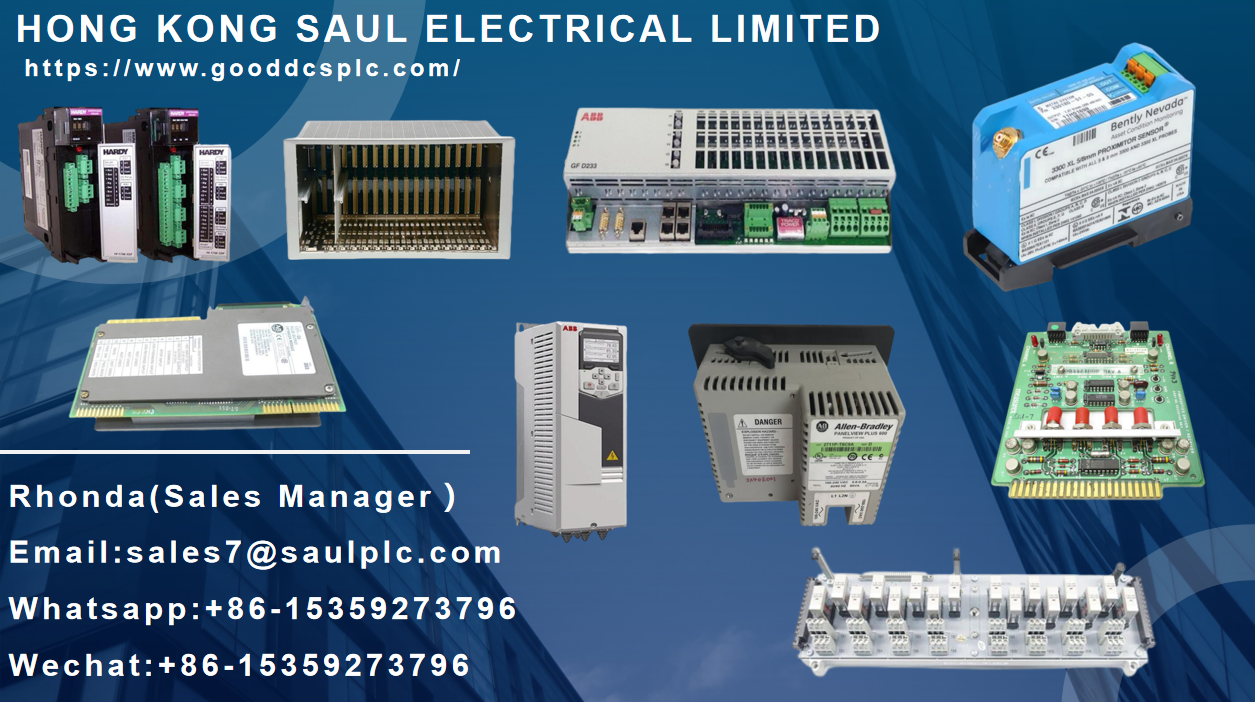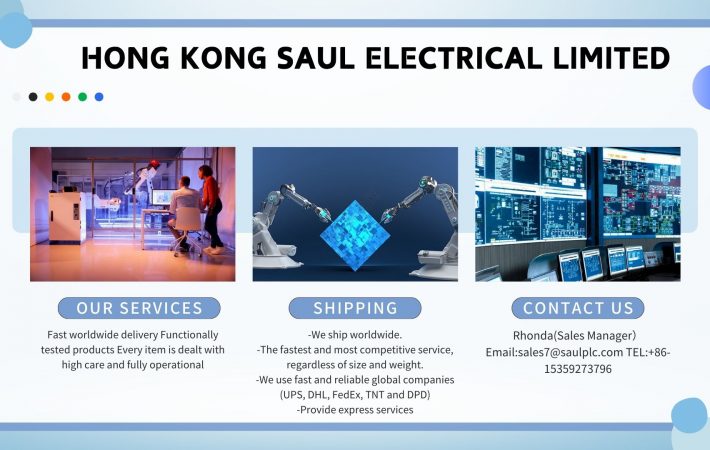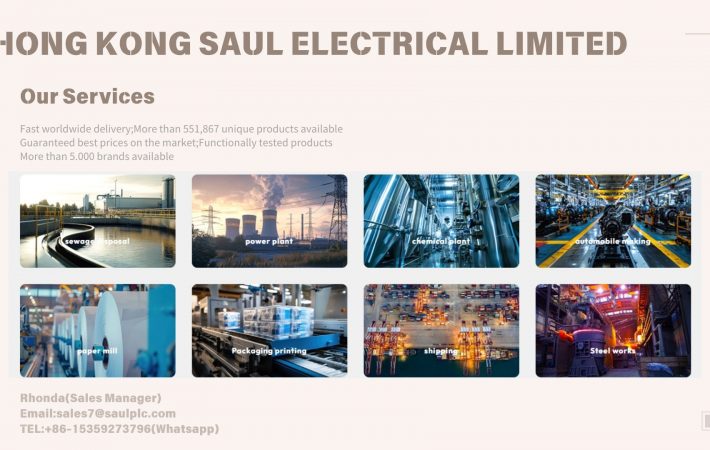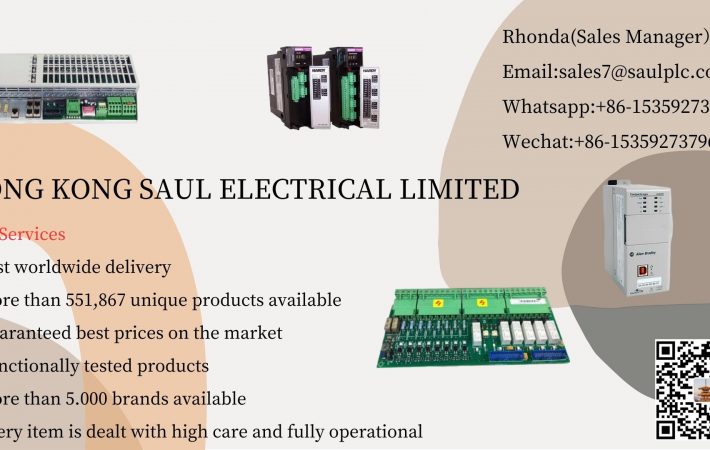As the Global Executive Vice President of Schneider Electric’s Systems and Services Business, Gao Feike’s goal for this trip is clear – for the energy transformation that is currently undergoing significant changes, he hopes to understand the new landscape reshaped by the global energy transformation through on-site visits and localized communication and close observation, especially the current application status of China’s electric vehicle charging and energy storage technology.
Recently, Gao Feike accepted an interview with First Financial, sharing his views on energy transformation, the challenges faced by current energy development, the opportunities hidden in China, and the emerging circular economy.
The global energy transformation is in its second stage, and the deep integration of digital and electrification technologies is the key to winning the battle
Gaofeike has a clear timeline in his mind regarding the global energy transformation process.
He believes that the global energy transition can be divided into three stages: the first stage is a significant increase in awareness, that is, the stage of starting to replace traditional energy with renewable energy; The second stage is the practical stage of applying new energy and large-scale electrification; The third stage is ten years later, when more emphasis is placed on systematic and balanced development. The global energy transformation has now entered the second stage with the goal of improving quality and efficiency.
In Gao Feike’s view, the biggest feature of the second stage of energy transformation is that it touches the demand side and reconstructs the relationship between electricity supply and consumers by changing the original energy supply mode. The power grid architecture originally designed for fossil fuels will be revitalized by various electrification and digital solutions, more in line with the demand for new energy generation, and a new market with highly flexible matching between energy supply and demand will be formed.
Gaofeike emphasized that the second stage is the beginning of truly realizing the process and demand side electrification transformation. There is a consensus within Schneider Electric that tapping into the potential for demand side regulation and continuously promoting the deep integration of digital and electrification technologies are key to winning the battle of energy transformation. Building a new type of power system is an important driving force and guarantee for China’s energy transformation and achieving the “dual carbon” goals. As an expert in the field of energy management, Schneider Electric believes that focusing on the energy demand side can not only better serve the supply side structural reform, but also provide more sufficient and flexible resources and impetus for promoting energy transformation due to its wide range of industries and high degree of marketization.
As for the third stage of energy transformation, Gaofeike is expected to arrive in about 10 years. Compared to the second stage, the third stage will focus more on the balance of the entire system. This does not mean that we should not start considering the establishment of a balanced and flexible power grid system now, but we must first achieve large-scale electrification.
China leads the global energy transformation with challenges and opportunities
“I am confident that China is in a leading position and plays a crucial role in the global energy transition.”
Gaofeike has a keen insight into the latest trends in China’s energy transformation. According to his observation, in China, new energy or “Electricity 4.0” has gradually begun to scale up and more energy storage systems have been introduced to balance the entire power grid. In 2023, China’s ability to build renewable energy is impressive, surpassing any other country in terms of construction scale.
As Gao Feike said, the installed capacity of renewable energy generation in China in 2023 has historically exceeded that of thermal power, with more than half of the world’s new installed capacity added throughout the year. This year’s Government Work Report further proposes to “deepen the energy revolution, control fossil energy consumption, and accelerate the construction of a new energy system.”.
In addition, the Clean Energy Market Monitoring report released by the International Energy Agency in early March this year showed that China is a leader in the global renewable energy sector, and clean energy technology continues to lead significantly globally. Multiple international think tanks and media outlets also believe that China is at the forefront of the world in the field of renewable energy, and its pace of replacing carbon based energy with renewable energy is faster than many experts had anticipated.
With the continuous promotion of high-quality development in China, energy is facing historic transformation and innovation opportunities. Traditional energy has been replaced by new energy, and energy needs to be deeply and widely integrated with information technology. The physical grid needs to become a smart grid, while also becoming a digital grid. Energy transformation is not only about low-carbon energy structure, but also involves the establishment of a new energy power system and new operating mechanisms, namely the energy system revolution.
Gao Feike stated that on the one hand, benefiting from its scale advantage, China’s investment in renewable energy is faster than the global average; On the other hand, China is also at the forefront of demand side transformation in the transportation sector. As is well known, the penetration rate of electric vehicles in China is high, and energy storage facilities are rapidly becoming popular. Therefore, large-scale testing of the “future power grid” can be conducted here, and new solutions can be created in a variety of application scenarios. In Gao Feike’s view, this is an excellent opportunity for China.
Of course, China and even the world face the challenge of finding a suitable supply chain and sufficient supply capacity for energy transformation. To truly achieve decarbonization, electricity consumption will double, which requires building a complete industrial chain. In the future, every country will pursue electrification, which means that each country needs to ensure that it has sufficient production capacity.
Focusing on power grid construction, Gao Feike believes that the current challenge is to provide power or strengthen the power grid in areas with previously low electricity demand. For example, nowadays, fast charging stations along highways take 20-30 minutes to charge cars. However, during the Spring Festival travel period in China, there may be concentrated outbreaks of charging demand in some areas. This requires strengthening power grid construction and energy storage utilization, creating a high resilience and flexibility power grid to meet the charging needs of different regions and different time periods.
In addition, the other two challenges of power grid construction are the correct use of energy storage and DC systems, as well as optimizing the output of the power grid at every moment. He believes that these challenges are not insurmountable, but require execution. Schneider Electric has a large number of products and solutions related to strengthening the security and resilience of the power grid, which can ensure the safety of the power grid and improve the efficiency of distribution management.
In his view, the Chinese market is very unique for Schneider Electric, and the model of working together with local partners for development can be considered unique in the global market. We have confidence in the local supply market, and Schneider Electric will mainly focus on core technology and digital innovation, which can help our partners deploy solutions. Through the ecological network established with many partners, Schneider Electric will integrate technology and digital elements into their solutions, thereby jointly serving the market.
Returning to China after four years, China’s level of innovation has also left a deep impression on Gaofeike. During his visits to enterprises, he witnessed China’s innovative capabilities in cutting-edge fields such as energy storage and electric vehicle charging, as well as the latest achievements of Schneider Electric’s collaboration with local Chinese partners to explore innovation boundaries. In early March, Schneider Electric reached a partnership with Shuimu Mingtuo (Damao) Hydrogen Energy Technology Co., Ltd. As Schneider Electric’s world’s first full process optimization business from green electricity to green hydrogen and then to green ammonia, both parties will use digital twin technology to connect the power and process flow, and explore the full process optimization from green electricity to green hydrogen and then to green ammonia through dynamic joint simulation and simulation of electric hydrogen and ammonia.
In the words of Gao Feike, “such a heavyweight project has landed first in China. It not only recognizes Schneider Electric’s cutting-edge exploration capabilities, but also demonstrates the enormous potential of China’s renewable energy industry.”. In the eyes of him and many members of the management team who came to China this time, China’s introduction of visa free policies for many European countries is also a sign of China’s active openness and promotion of global cooperation. With these as footnotes, everything is possible for Schneider Electric and China’s future.






Leave a comment
Your email address will not be published. Required fields are marked *